Neuroscience: Landmark Discoveries that Shaped Neuroscience
VerifiedAdded on 2023/04/19
|5
|1089
|490
Essay
AI Summary
This essay provides a comprehensive overview of landmark discoveries in neuroscience over the past 250 years, tracing the evolution of our understanding of the brain. It begins with the earliest recorded references to the brain in the Edwin Smith Surgical Papyrus and progresses through key milestones such as the anatomy of the ear, the description of nerve fibers, the concept of reflex, and the localization of brain functions. The essay highlights the contributions of influential figures like Antonio Maria Valsalva, Antony van Leeuwenhoek, Jean Astruc, John Augustus Unzer, Herophilus, Julien Jean Cesar, Franz Josef Gall, Richard Canton, Emst Fleischl von Marxov, Adolf Beck, Hans Berger, Penfield, Theodor Schwann, Mathias Jacob Schleiden, Golgi, Cajal, Luigi Galvani, Emil DuBois-Reymond, and Johannes Muller. It emphasizes the development of the cell theory, electrical recording from the brain, the mapping of motor, sensory, and language areas, and the role of the temporal lobes in memory. The essay concludes by emphasizing how the cumulative work of these scientists has laid the foundation for modern neuroscience and ongoing exploration in the field.
1 out of 5
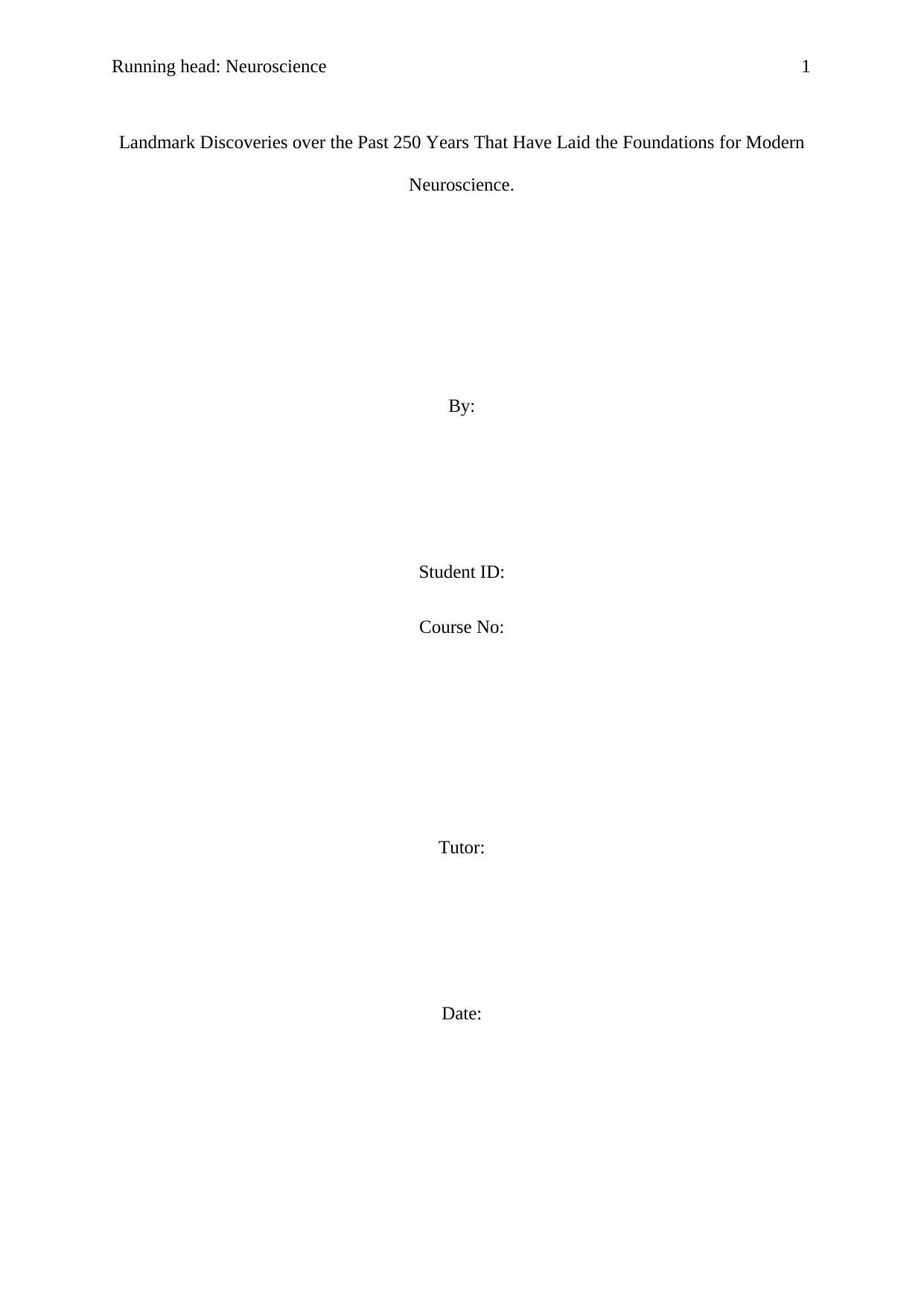
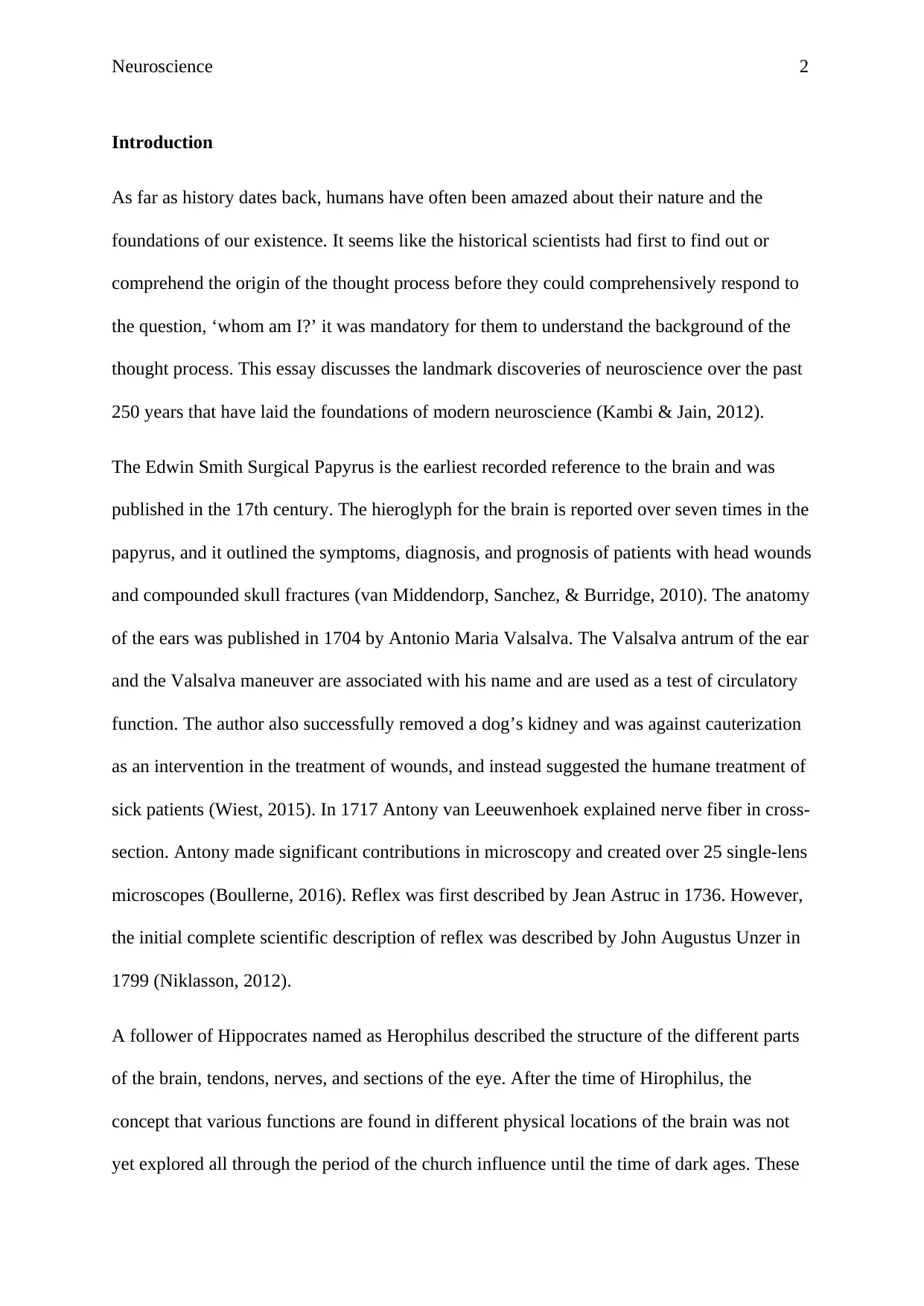
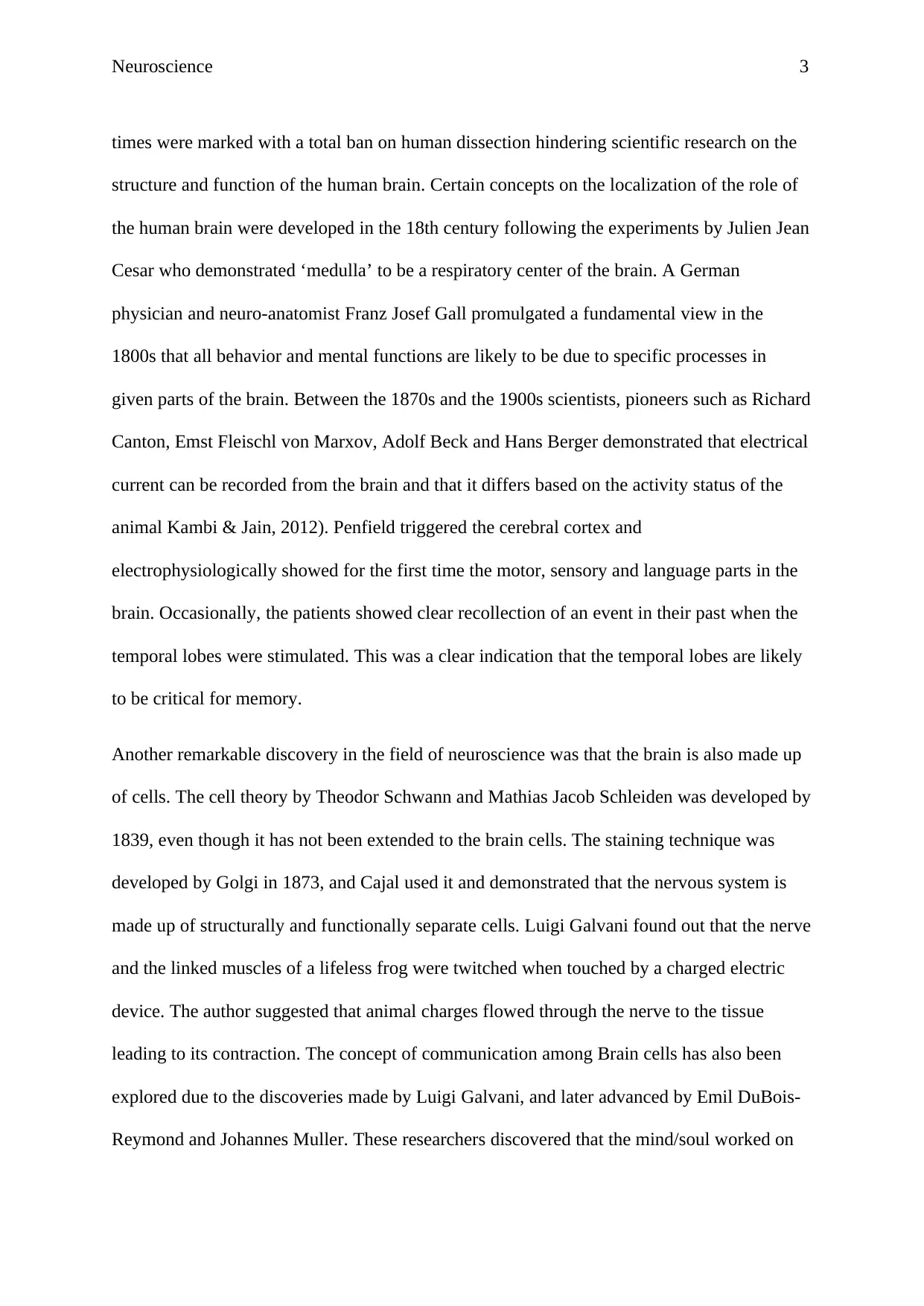

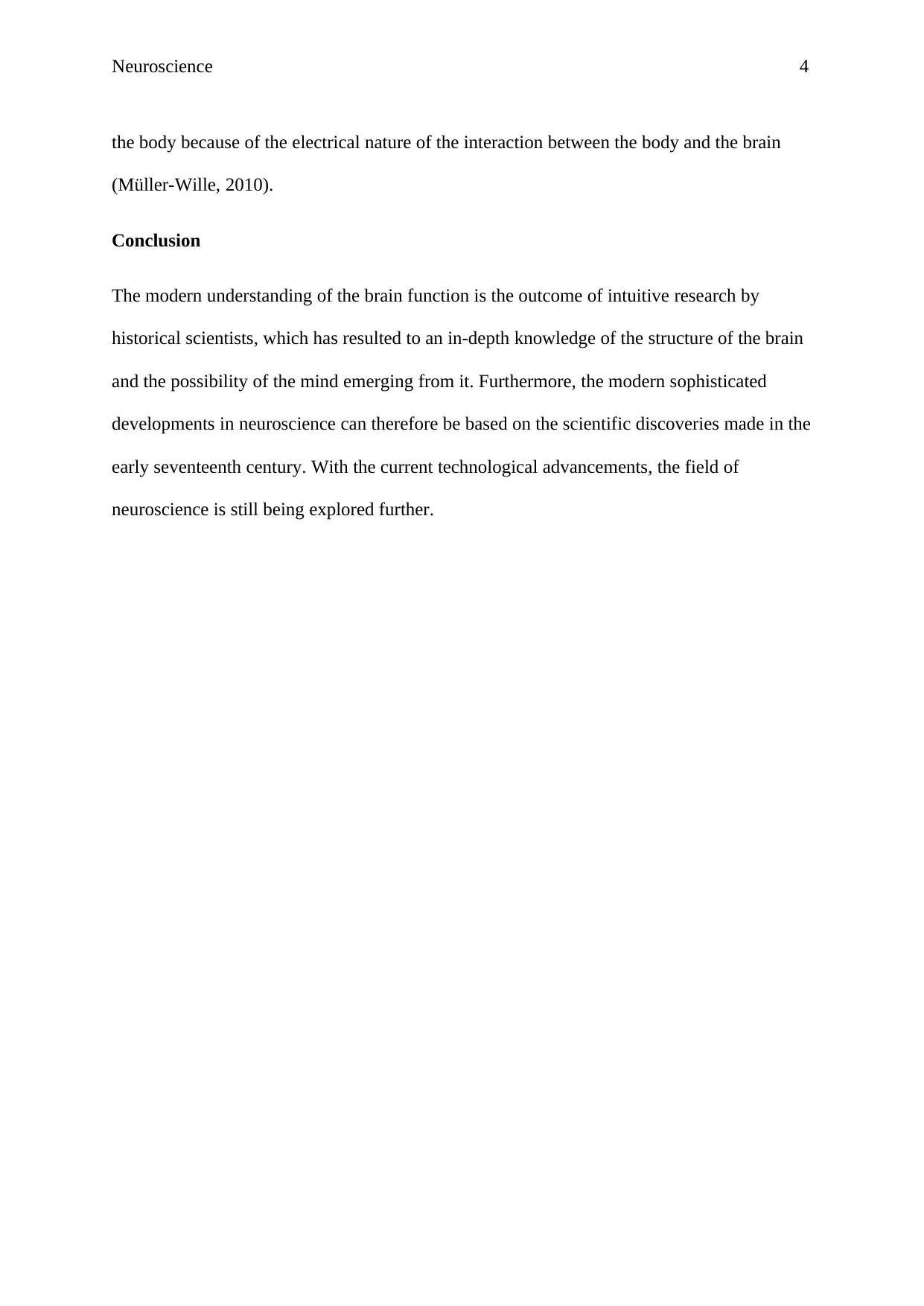
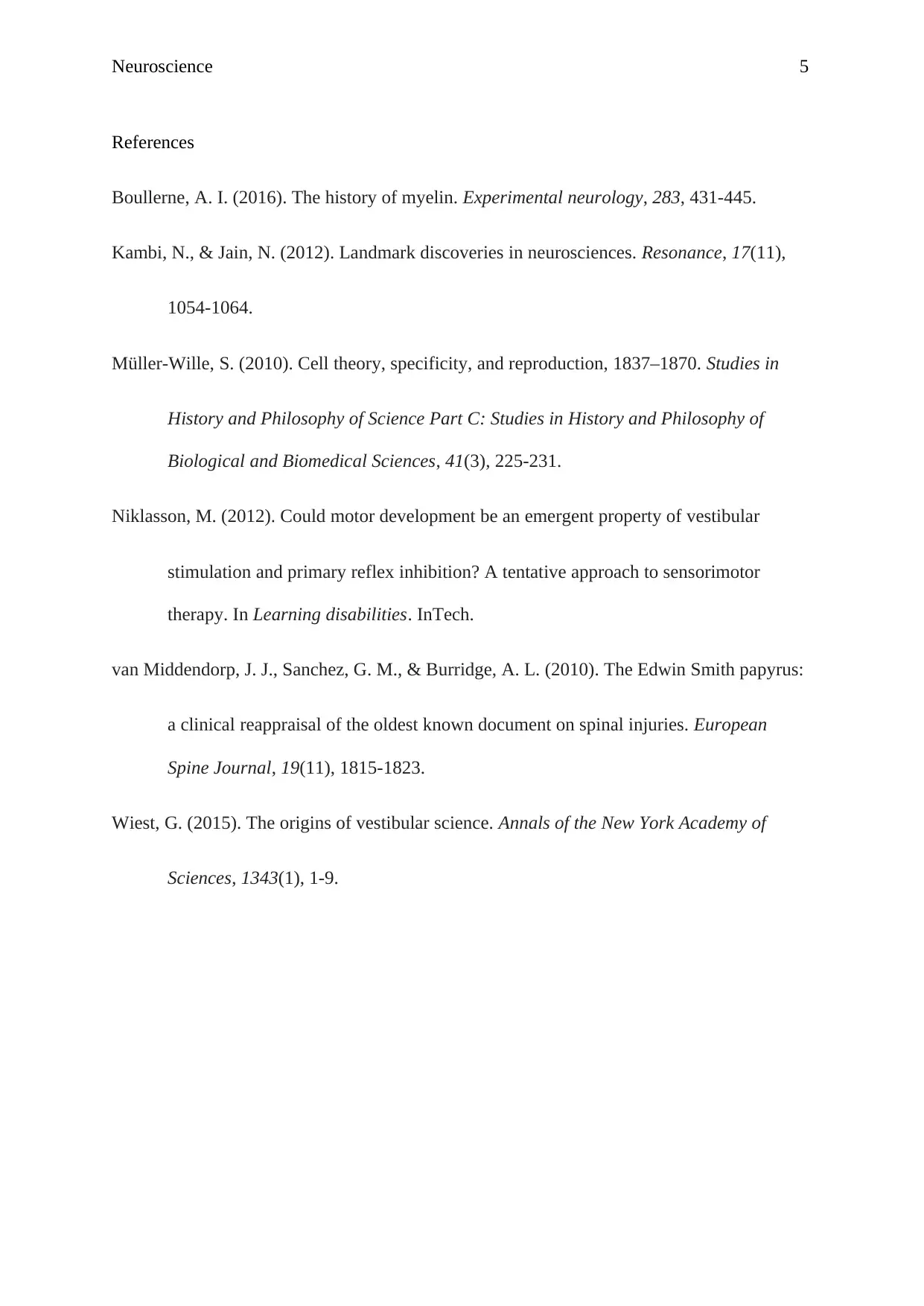
![[object Object]](/_next/static/media/star-bottom.7253800d.svg)